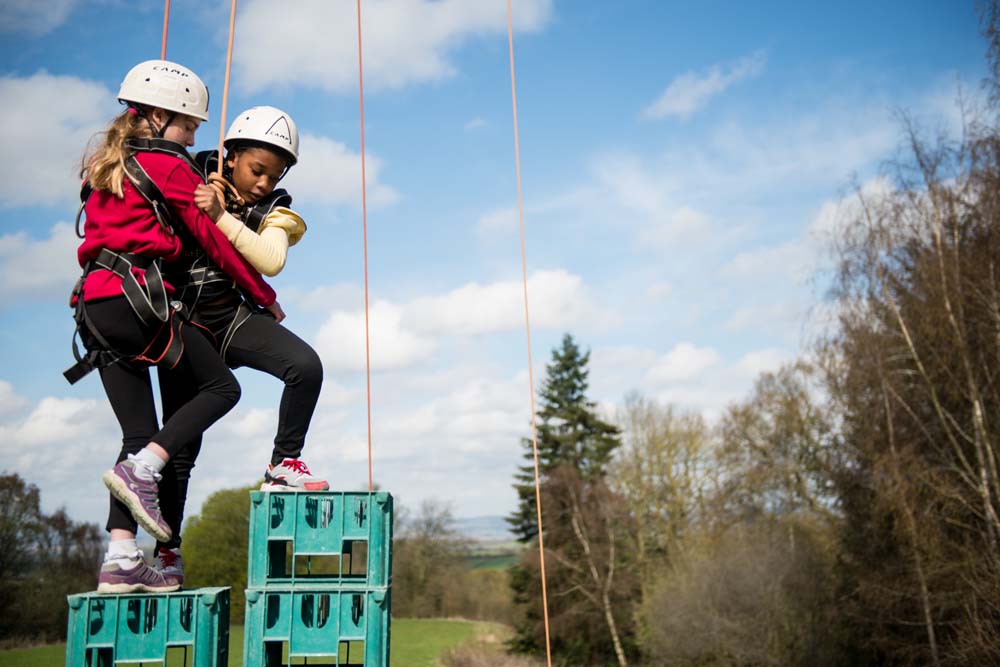Group Executive Committee members can often be the invisible volunteers in Scouting. But, this said, they are trustees and are responsible for the management and governance of Scouting within your Scout Group.
Trustees work on our executive committees at every level (in Groups, Districts, Counties and nationally), to support our leaders and help make Scouting happen. It might not be the most glamorous or visible role – but that doesn’t make it any less essential.
The Group Executive Committee exists to support the Group Scout Leader in meeting the responsibilities of his/her appointment.
Members of the executive committee act collectively as charity trustees of the Scout Group, and in the best interests of its members to:
- Comply with the Policy, Organisation and Rules of The Scout Association (POR)
- Protect and maintain any property and equipment owned by and/or used by the Group
- Manage the Group finances
- Provide insurance for people, property and equipment
- Provide sufficient resources for Scouting to operate – this includes, but is not limited to, supporting: recruitment, other adult support and fundraising activities
- Promote and support the development of Scouting in the local area
- Manage and implement the safety policy locally
- Ensure that a positive image of Scouting exists in the local community
- Appoint and manage the operation of any sub-committees
- including appointing chairmen to lead the sub-committees
- Ensure that young people are meaningfully involved in decision making at all levels within the Group
- The opening, closure and amalgamation of sections in the Group as necessary
- Present the annual report and annual accounts to the Group Scout Council at the annual general meeting.
The Executive committee’s members consist of:
a. Ex-officio Members
The following are members of the Group Executive Committee by reason of the role that they hold. Because of that they do not have to be nominated or voted onto the committee.
- The Group Chairman
- The Group Secretary
- The Group Treasurer
- The Group Scout Leader
- The Assistant Group Scout Leader
- The Explorer Scout Leader (if stated in a Partnership Agreement and subject to that Explorer Scout Leader expressly indicating to the AGM (in writing or orally at the meeting) that they are willing to perform such a function
- The Sponsoring Authority or its nominee
- All Section Leaders (i.e. individuals holding a Beaver Scout Leader, Cub Scout Leader or Scout Leader role) subject to that Section Leader expressly indicating to the AGM (in writing or orally at the meeting) that they are willing to perform such a function. Opt in form on template
b. Nominated Members
Persons nominated annually by the Group Scout Leader and approved at the Group Annual General Meeting. These need not be members of the Group Scout Council and their number must not exceed that of the elected members.
c. Elected Members
Members of the Group Scout Council who are elected annually by the Group Scout Council at the Annual General meeting. These should normally be four to six in number. The numbers to be elected must be the subject of a resolution by the Group Scout Council.
d. Co-opted Members
Persons co-opted annually by the Group Executive Committee
the number of co-opted members must not exceed the number of elected members.
Ideally, between the nominated members, elected members and co-opted members, the Group Executive should include a parent of at least one Member of each of the Sections in the Group.
Right of Attendance
The District Commissioner and the District Chair have the right of attendance at meetings of the Group Executive Committee.
Sub-Committees
The Group Executive Committee may also establish any sub-Committees that it deems necessary.
Only persons aged 18 and over may be full voting members of the Group Executive Committee because of their status as charity trustees.

